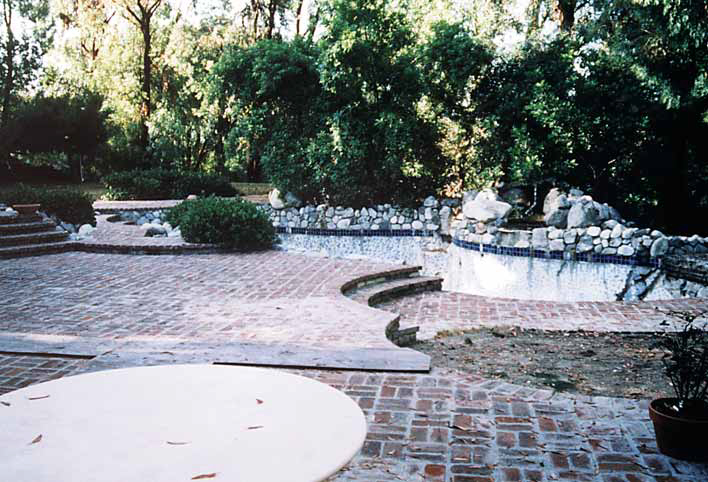Most people know Maya Lin for her bold design of the Vietnam Veterans Memorial in Washington, but watershapers in particular should become familiar with a range of her other works as well. For nearly 15 years, reports William Hobbs, his company has been involved in producing intricate water effects for the famous artist, whose works draw fascinating connections between observers and the mysteries of time and nature. The marriage of water and art can be extremely powerful and evocative, especially in the hands of a great designer. One who has taken the use of water to sublime and fantastic levels is Maya Lin, the artist who rose to prominence as a
In 1921, a flood rolled into Pueblo, Colo., submerging the civic center beneath 11 feet of water and leaving more than 100 people dead. To prevent the recurrence of such disasters, engineers came to town, diverted the river along a different path and encased it in underground levees several blocks away. Seventy years later, a grand project known locally as HARP – the Historic Arkansas Riverwalk of Pueblo – undertook to restore the historic course of the Arkansas River and make it the centerpiece of a 26-acre downtown park. HARP re-creates 2,220 linear feet of the historic river in concrete-lined (yet naturalistic) channels. Nearing completion after ten years, the urban park will include 3,300 linear feet of navigable waterway for use by water taxis and pleasure boats as well as dramatic fountains; more than a mile of promenades and other walkways; a two-acre lake; and an outdoor environmental-education center. It has been a massive undertaking, as befits a project aimed at revitalizing an entire city. For the watershaping community, the project stands as an example of the truly transforming effect that
When he was brought in to replace a pool that had failed because of improper construction for the existing soil conditions, David Tisherman knew he’d have to dig deep to come up with a solution – literally. The resulting structural design defines an approach to building in which at least as much thought and care goes into what’s installed beneath a pool or spa as into how the project ultimately will look to the client. Some projects are doomed from the start, and it was pretty obvious when I first laid eyes on what was left of the existing pool that this was one of those cases: Light-duty construction coupled with a complete lack of consideration of existing soil conditions had resulted in a nightmare for the homeowner – and costly litigation for the contractor. But with every failure comes a chance to succeed, and that’s what we’re working toward in this project, which is about 50% complete as this chapter of the story is being written. Our goal: taking an utter catastrophe and transforming it to a















